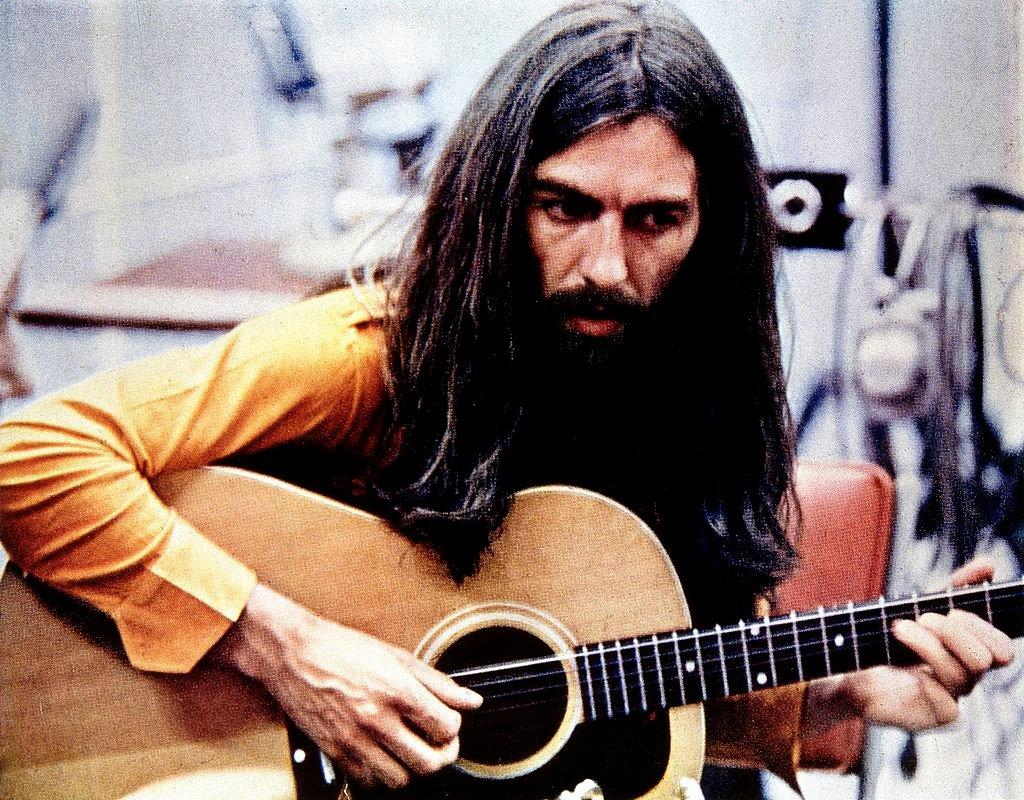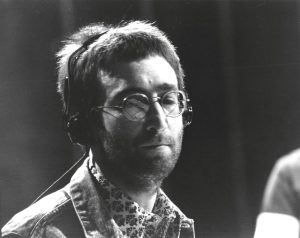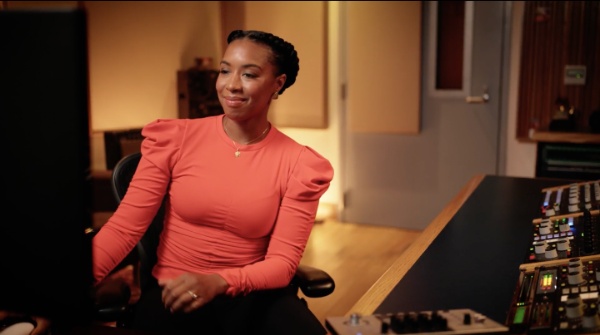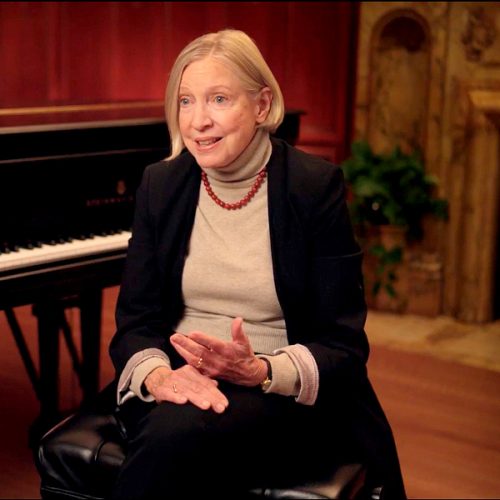A monumental piece of music history, “A Hard Day’s Night” by The Beatles, released on July 10, 1964, captures the essence of the band’s early years and the vibrant cultural climate of the 1960s. The song serves as the title track for both their third studio album and their first feature film, showcasing the unparalleled talent and charisma of The Beatles and becoming an emblematic anthem of rock and roll.
Discover GRAMMY GO courses exclusively on Coursera
Production and Influence
Emerging amidst the social and cultural changes of the early 1960s, “A Hard Day’s Night” perfectly encapsulated the spirit of the times. With their fresh sound and rebellious charm, The Beatles became the voice of a generation seeking identity and change. The song reflected the hardworking ethos and yearning for personal happiness that resonated with millions.

“A Hard Day’s Night” was laid down in London on April 16, 1964, during the height of Beatlemania. The track’s now-iconic opening chord, played by George Harrison on his Rickenbacker 360 12-string guitar, instantly grabs the listener’s attention and sets the tone for the energetic song.
Legendary producer George Martin, a longtime collaborator with The Beatles, played a pivotal role in shaping “A Hard Day’s Night.” His fingerprints are all over the track, from the inclusion of his own piano solo in the bridge to his signature production style. Martin masterfully blended the raw energy of rock and roll with a clean and polished sound, creating a sound that became synonymous with The Beatles. This innovative approach helped the band broaden their appeal beyond their initial rock and roll fanbase.
Lyrics and Meaning

While most of the song’s lyrics were written by John Lennon, interestingly, the title “A Hard Day’s Night” was born from a quirky comment made by Ringo Starr, the Beatles’ drummer. After a particularly grueling day of filming and recording, Starr remarked, “It’s been a hard day…” Then, looking out the window at the darkening sky, he added, “…night.” This offhand remark captured the essence of the song so perfectly that it was adopted as the title, becoming an iconic phrase in music history.

This whimsical title, inspired by Ringo Starr’s off-hand remark, “It’s been a hard day… night!” perfectly captures the song’s essence. Heavily influenced by The Beatles’ own experience during their meteoric rise to fame, the lyrics paint a relatable picture of balancing hard work with the desire for connection.
The opening line wastes no time in establishing the theme: “It’s been a hard day’s night, and I’ve been working like a dog.” The singer’s exhaustion is palpable, mirroring the feeling of anyone who has pushed through a long and demanding day.
This sentiment is contrasted with the hopeful anticipation of the chorus: “But when I get home to you, I find the things that you do will make me feel alright.” Here, the lyrics shift to the simple yet profound comfort found in loved ones. The line “the things that you do” is beautifully ambiguous, encompassing the small gestures and unspoken understanding that make a relationship a source of solace.
The simplicity of the lyrics, alongside the song’s catchy melody, makes “A Hard Day’s Night” a universal anthem. It speaks to the shared experience of work, exhaustion, and the enduring importance of human connection – a theme that resonates as strongly today as it did in 1964.

Recognition and Praise
“A Hard Day’s Night” played a crucial role in establishing The Beatles as cultural icons. The song’s innovative techniques, particularly the opening chord, have influenced countless musicians. It won the 1965 GRAMMY Award for Best Performance by a Vocal Group, and the album topped charts globally. The song’s enduring popularity is evident in the numerous covers by artists across various genres.
Covers and Legacy
The enduring appeal of “A Hard Day’s Night” is evident in the numerous covers it has inspired over the decades. Artists from diverse genres have paid homage to this Beatles classic, each offering a unique interpretation that reflects their own style while honoring the original’s spirit.
One of the most widely recognized covers came from the legendary comedic actor Peter Sellers, who in 1965 released a spoken-word version of the song, delivered in the dramatic style of Laurence Olivier’s Richard III. Sellers’ rendition, filled with theatrical flair and unexpected pauses, became a surprising hit and showcased the song’s versatility.
Another notable cover was recorded by the soul singer Otis Redding in 1962. Redding’s soulful vocals and impassioned delivery brought a new dimension to the song, highlighting its underlying themes of perseverance and hope.
In the years since, artists like Tom Jones, Joan Baez, and My Morning Jacket have also covered “A Hard Day’s Night,” each adding their own distinctive touch. These covers, along with countless others, demonstrate the song’s enduring power to connect with listeners across generations and genres.
Clearly, the legacy of “A Hard Day’s Night” extends far beyond the Beatles’ original recording. Through these covers, the song continues to evolve and resonate, reminding us of its timeless message and its ability to inspire creativity and connection.
The hit song is a testament to The Beatles’ ability to capture the spirit of their era while creating music that transcends generations. Its catchy melodies, relatable lyrics, and groundbreaking production techniques make it a timeless classic that continues to inspire and entertain. This song not only epitomizes the greatness of The Beatles but also serves as a significant cultural artifact of the 1960s.
























